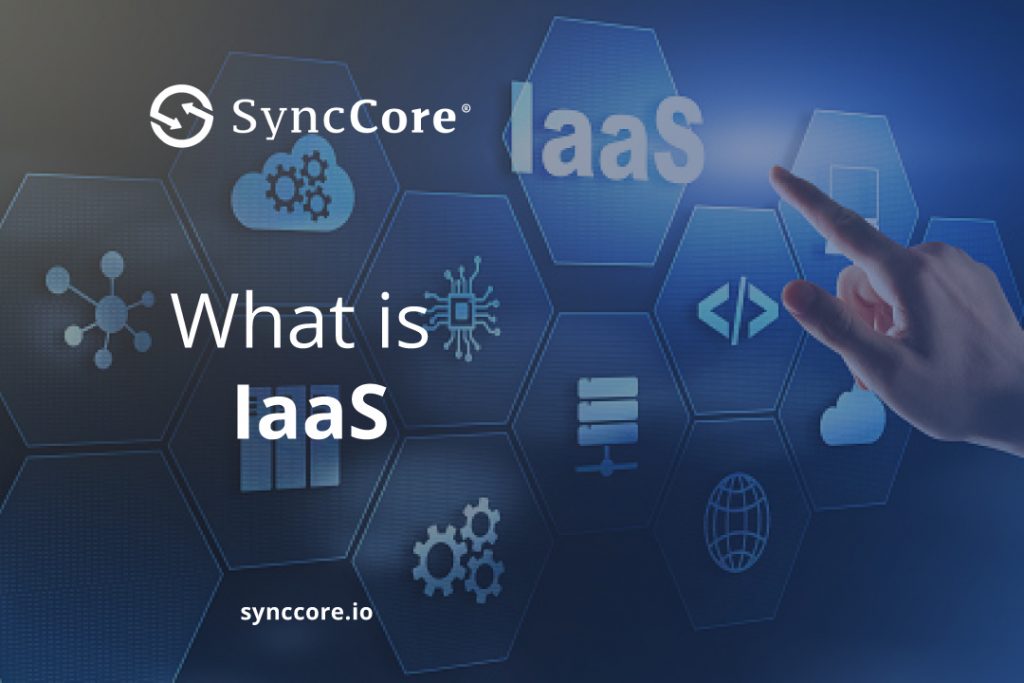
Table of Contents
What is IaaS
IaaS, or as we say, Infrastructure as a service, is on-demand access to cloud-hosted physical & virtual servers, storage & networking the backend IT infrastructure for running applications and workloads within the cloud.
IaaS is on-demand access to cloud-hosted computing infrastructure – servers, storage capability, and networking resources – that customers will provision, tack together and use in abundant a similar means as they use on-premises hardware. The distinction is that the cloud service provider hosts manages and maintains its data centers’ hardware and computing resources. IaaS customers use the hardware via an internet affiliation and obtain that use on a subscription or pay-as-you-go basis.
Typically IaaS customers will choose between virtual machines (VMs) hosted on shared physical hardware or vacant metal servers on dedicated (unshared) physical hardware. Customers will provision, tack together and operate the servers and infrastructure resources via a graphical dashboard or programmatically through application programming interfaces (APIs).
Benefits of IaaS
Compared to old IT, Infrastructure as a service gives customers a lot of flexibility to build out computing resources as required and scale them up or down in response to spikes or slow-downs in traffic. IaaS lets customers avoid the up-front expense and overhead of buying and maintaining its own on-premises data center. It also eliminates the constant trade-off between the waste of buying excess on-premises capacity to accommodate spikes versus the poor performance or outages resulting from not having enough power for unforeseen traffic bursts or growth.
Other advantages of IaaS include:
Higher availability:
With IaaS, a company will produce redundant servers and even have them in different geographies to ensure convenience throughout native power outages or physical disasters.
Lower latency, better performance:
Because Infrastructure as a service providers typically operate multiple geographies, IaaS customers will find apps and services nearer to users to attenuate latency and maximize performance.
Finer responsiveness:
Customers will provide resources in a matter of minutes, take a look at new ideas quickly, and quickly roll out new ideas to many users.
Comprehensive security:
With a high level of security on the spot, at knowledge centers, and via cipher data, organizations will usually benefit from a lot of advanced safety and protection they might give if they hosted the cloud infrastructure in-house.
Faster access to best-of-breed technology. Cloud suppliers contend with one another by providing the newest technologies to their users; IaaS customers will benefit from those technologies abundant earlier (and at so much less cost) than they will implement them on-premises.
IaaS Instance:
Disaster recovery:
Instead of fixing redundant servers in multiple locations, Infrastructure as a service will deploy its disaster recovery solution to the cloud provider’s existing geographically-dispersed infrastructure.
Ecommerce:
Infrastructure as a service is a superb possibility for online retailers that regularly see spikes in traffic. The power to proportion in periods of high demand and high-quality security area unit essential in today’s 24-7 retail business.
Internet of Things (IoT):
Infrastructure as a service makes it easier to line up and scale up data storage and computing resources for alternative applications with immense volumes of information.
Startups:
Startups can’t afford to sink capital into on-premises IT infrastructure. Infrastructure as a service gives them access to enterprise-class data center capabilities while not investing in hardware and management overhead.
Software development:
With Infrastructure as a service, the infrastructure for testing and development environments will be started way more quickly than on-premises.
Infrastructure as a service is helping the organization to scale up its game and be successful. SyncCore Cloud provides supports IaaS. Visit our SyncCore Cloud website and know more about us.
Read More: Areas That Are Propelling Cloud Adaptation



